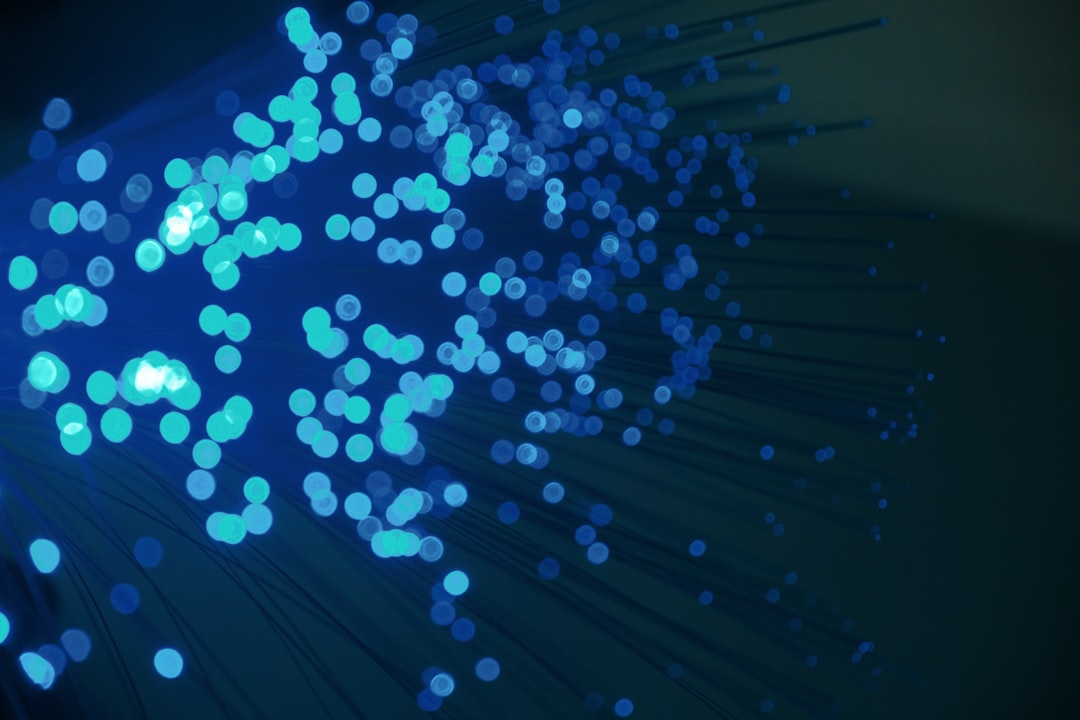What is it about?
The field of nanotechnology applied to medicine (nanomedicine) is developing at a fast pace and is expected to provide solutions for early diagnosis, targeted therapy, and personalized medicine. However, designing nanomaterials for biomedical applications is not a trivial task. Avoidance of the immune system, stability in physiological media, control over the interaction of a nanomaterial with biological entities such as pro- teins and cell membranes, low toxicity, and optimal bioperform- ance are critical for the success of the designed nanomaterial. In this Feature Article we provide a concise overview of some of the most recent advances concerning the derivatization of gold and iron oxide nanoparticles for bioapplications. The most important aspects relating to the functionalization of gold and iron oxide nanoparticles with carbohydrates, peptides, nucleic acids, and antibodies are covered, highlighting the recent contributions from our research group. We suggest tips for the appropriate (bio)functionalization of these inorganic nanoparticles in order to preserve the biological activity of the attached biomolecules and ensure their subsequent stability in physiological media.
Featured Image
Read the Original
This page is a summary of: Strategies for the Biofunctionalization of Gold and Iron Oxide Nanoparticles, Langmuir, December 2014, American Chemical Society (ACS),
DOI: 10.1021/la5015658.
You can read the full text:
Contributors
The following have contributed to this page










